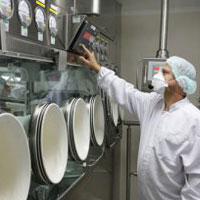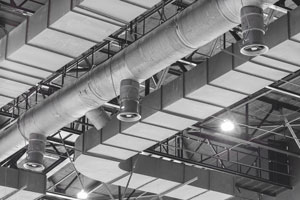In many industrial processes, the materials and the end product or by-products 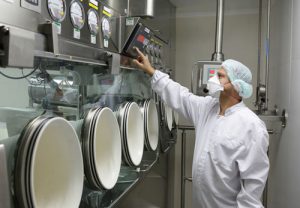 of the process, such as dust or vapors, can create conditions for a hazardous environment. Processes that have potential for hazardous environments include: water treatment, oil drilling, gas and chemical processing, power generation, pharmaceutical, and food manufacturing. The measurement and control of these processes are essential in maintaining optimal conditions of the manufacturing system and preventing catastrophic events. Continue reading “The Operation of Gages and Switches in Hazardous Environments”
of the process, such as dust or vapors, can create conditions for a hazardous environment. Processes that have potential for hazardous environments include: water treatment, oil drilling, gas and chemical processing, power generation, pharmaceutical, and food manufacturing. The measurement and control of these processes are essential in maintaining optimal conditions of the manufacturing system and preventing catastrophic events. Continue reading “The Operation of Gages and Switches in Hazardous Environments”
Let’s Chat About Air Pressure Switches!
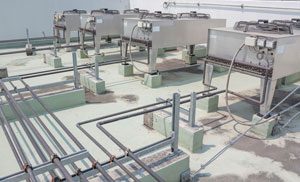 Air flow pressure switches and differential pressure switches work just like the light switches we have in our living rooms at home: when they are switched on, the switch makes contact, closes the circuit, and turns on. When they are switched off, the circuit is broken and power turns off. With air flow switches, instead of being manually switched, the air flow switch closes or opens the contact by reacting to changes in the air pressure at a pre-set actuation point, and turns on and off accordingly. These air pressure switches may be used to start/stop motors or fans, open/close dampers or louvers, sound alarms, and more. Continue reading “Let’s Chat About Air Pressure Switches!”
Air flow pressure switches and differential pressure switches work just like the light switches we have in our living rooms at home: when they are switched on, the switch makes contact, closes the circuit, and turns on. When they are switched off, the circuit is broken and power turns off. With air flow switches, instead of being manually switched, the air flow switch closes or opens the contact by reacting to changes in the air pressure at a pre-set actuation point, and turns on and off accordingly. These air pressure switches may be used to start/stop motors or fans, open/close dampers or louvers, sound alarms, and more. Continue reading “Let’s Chat About Air Pressure Switches!”
Ask the Expert – What are the differences between the products in the Flotect® switch family?
 Question: I am choosing an insertion level switch to help me monitor levels in a tank. What are the main differences between the products in the Flotect® switch family? Continue reading “Ask the Expert – What are the differences between the products in the Flotect® switch family?”
Question: I am choosing an insertion level switch to help me monitor levels in a tank. What are the main differences between the products in the Flotect® switch family? Continue reading “Ask the Expert – What are the differences between the products in the Flotect® switch family?”
Ask the Expert – Hazardous Area Humidity/Temperature Transmitter
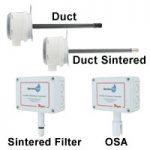
Question: I have a new project coming up, and I am considering using the Series RHP Humidity/Temperature Transmitters. However, the instrumentation needs to be suitable for use in a hazardous area. Would the Series RHP work, or do you have a different instrument that you would recommend for this application? Continue reading “Ask the Expert – Hazardous Area Humidity/Temperature Transmitter”
Weatherproof Enclosure Ratings: Speaking the Secret Language of NEMA and IP
Understanding the necessary requirements for your product’s enclosure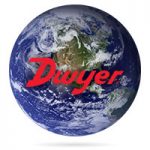 ratings is important, particularly when looking to gain the optimum life from your product while avoiding any safety concerns. Included below is a straight forward easy to understand overview of enclosure ratings, including NEMA types, IP ratings, and the difference between the two. We will be looking at these two common standards for industrial enclosures, what they equate to, some alternatives, and how to best choose the right one for your application. Continue reading “Weatherproof Enclosure Ratings: Speaking the Secret Language of NEMA and IP”
ratings is important, particularly when looking to gain the optimum life from your product while avoiding any safety concerns. Included below is a straight forward easy to understand overview of enclosure ratings, including NEMA types, IP ratings, and the difference between the two. We will be looking at these two common standards for industrial enclosures, what they equate to, some alternatives, and how to best choose the right one for your application. Continue reading “Weatherproof Enclosure Ratings: Speaking the Secret Language of NEMA and IP”

